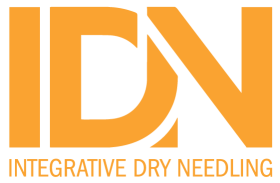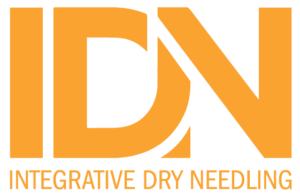Dry needling versus magnesium sulfate iontophoresis of active trigger points of the axioscapular muscle in neck pain: a single blind randomized controlled trial
Acupunct Med. 2026 Jan 18:9645284251410579. doi: 10.1177/09645284251410579. Online ahead of print. ABSTRACT OBJECTIVE: To compare the effects of dry needling (DN) and



